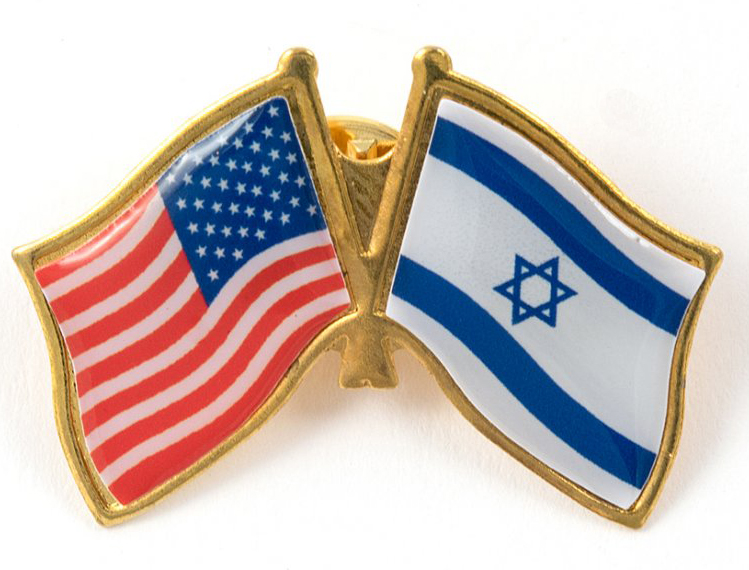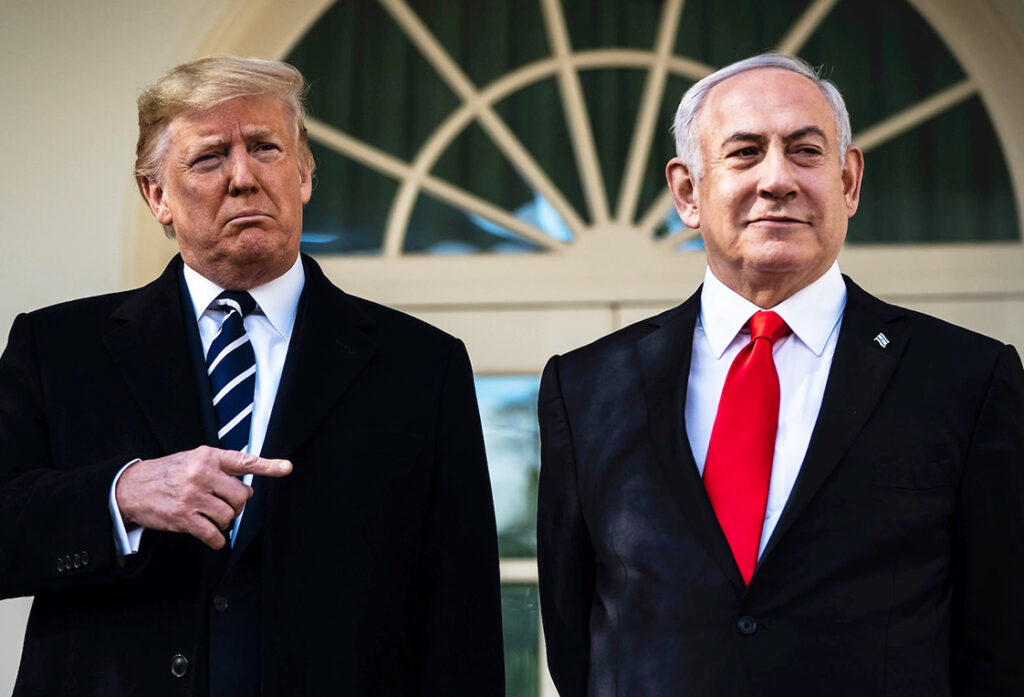Two possible turning points for American Jews

Opinion
By Martin Gottlieb
This season feels like a turning point in Jewish American history. It feels like two turning points. They are related.
One involves the connection between American Jews and Israel. The other involves the connection between American Jews and America.
In Israel, Benjamin Netanyahu tries desperately to create and sustain a government by reaching out to extreme elements. Thomas Friedman, The New York Times veteran foreign affairs columnist, calls the result “a rowdy alliance of ultra-Orthodox leaders and ultranationalist politicians, including some outright racist, anti-Arab Jewish extremists once deemed completely outside the norms and boundaries of Israeli politics.” Many secular Jews in Israel feel that they and modernity and democracy itself are under attack.
The world press speculates about the impact of all this on Israel’s relationship with non-Israeli Jews.
American Jews have become used to some level of division among themselves over Israeli policy toward the Palestinians in the West Bank and Gaza. But the issue now is in Israel itself, within its accepted boundaries. What kind of society can American Jews identify with?
Meanwhile, in this country a new wave of antisemitism has materialized, the other turning point. Whether we are talking about violent incidents, about online hatefulness, about public figures going hateful or about surveys showing spikes in the number of people buying into Jewish stereotypes, or the combination of all, the phenomenon is real.
How are the two turning points related? A non-Jewish friend asked me recently if I agreed with the alarm being raised about antisemitism in this country or whether I thought the alarm was overblown.
I responded that I agreed with it. I told her that I have always believed that American baby boomers like me have lived in perhaps the best time and place ever to be a Jew. But this is real.
And it’s a surprise. I knew that antisemitism never dies, that it just goes into remission. But I didn’t think it would come back this strong in our time and place.
My friend agreed that it’s real, and she mentioned Jewish friends of hers who are very Israel oriented. She said they are particularly glad right now that they have dual citizenships. Having now thought about that, I’m guessing that, what with events in Israel, they’re not finding the timing ideal to make aliyah.
There’s another connection between events in Israel and antisemitism in this country.
A conference last fall in Washington focused on online antisemitism. After a series of speakers lamented that the big social media companies are doing too little to control hate speech against Jews and others, a representative of the Israeli government said this: Let’s understand that what’s at the heart of the surge in antisemitism is anti-Israel sentiment, specifically the desire to see Israel destroyed. She offered numbers about how many antisemitic posts can be traced to that desire.
In fact, though, the Israel factor isn’t needed to explain antisemitism in this country. Hatred is having its day in all manner of ways. People are being attacked on the street for looking Asian. Gay venues are having to beef up security, just as Jewish events and institutions are, just as schools are, just as Congress is, just as local governmental bodies are.
Whether the force fostering hatred is social media or Trump-era politics or media polarization or lunar cycles, the phenomenon is best understood as general intolerance, generalized hatred. In such a period, Jews are vulnerable, of course.
The striking connection between the turning points in Israel and the U.S. is simply their similarity. They seem to be part of the same international phenomenon: a difficult passage for liberal democracy, tolerance, and moderation.
In this country, we see White nationalism; in Israel, we hear about ultranationalism. Here, we see antisemitism and other hatreds; there, we see anti-Arab racism coming to power. Here, we hear alarms – justified, realistic – about threats to democracy itself. There, too.
Here, we see extremists gaining a foothold in elective politics, indeed becoming a decisive force in some Washington events, not unlike in Israel.

Meanwhile, Netanyahu and Donald Trump are both in trouble with the law and both say it’s all politics, that they are innocent victims of partisanship. Some voters seem to buy it. And the legal situations of the political leaders become central parts of the politics of their countries.
Meanwhile, the electorates in both countries remain in something like a 50-50 standoff. There, indecisive elections bring new elections; here, we get election denial and hatefully divided government. Either way, the hatreds in society thrive, fester, motivate.
So, if now we find ourselves suddenly thinking somewhat differently than we used to about two different countries, it’s not a coincidence. The two countries have a lot in common.
Retired Dayton Daily News editorial writer Martin Gottlieb is the advisor to The Dayton Jewish Observer.
To read the complete February 2023 Dayton Jewish Observer, click here.





